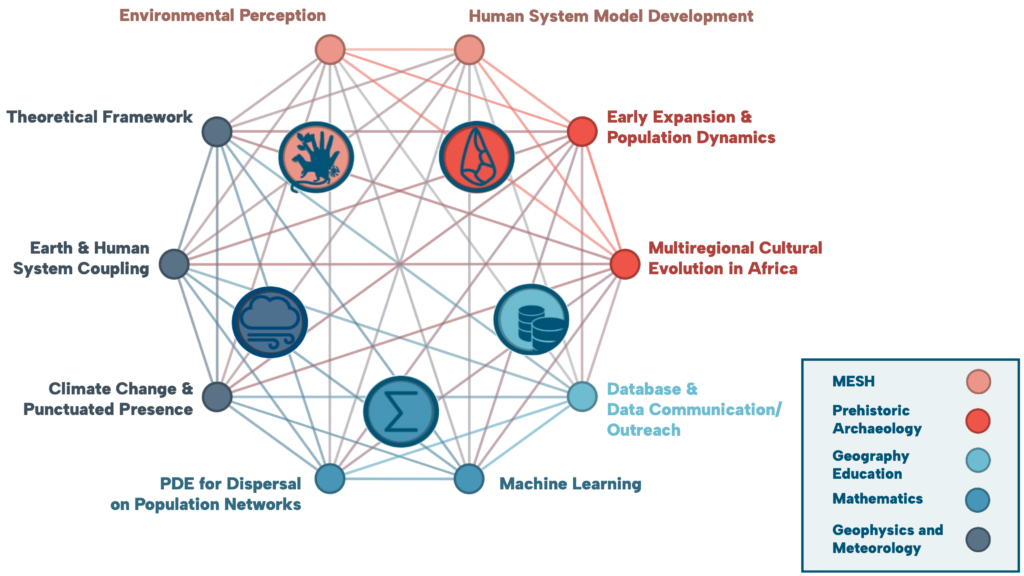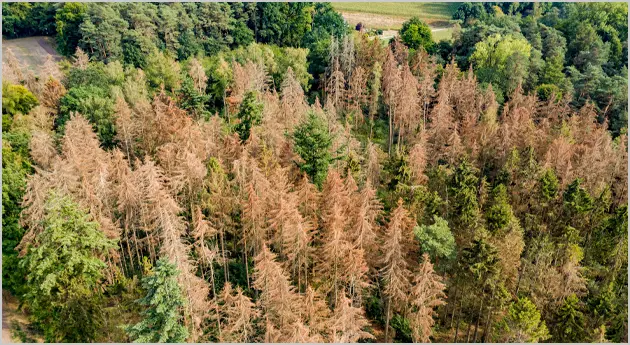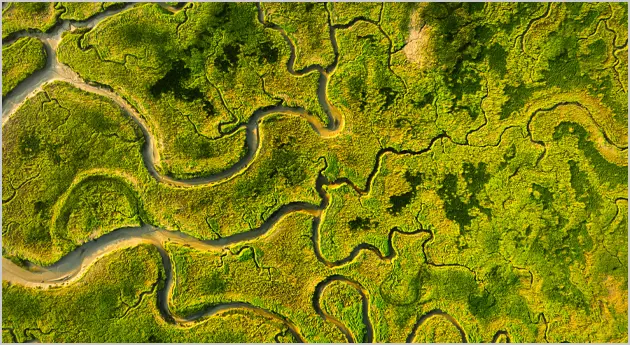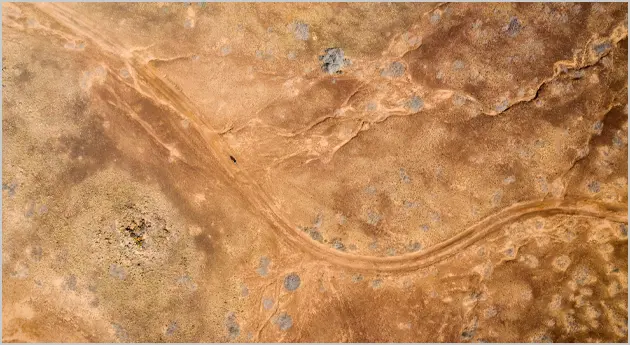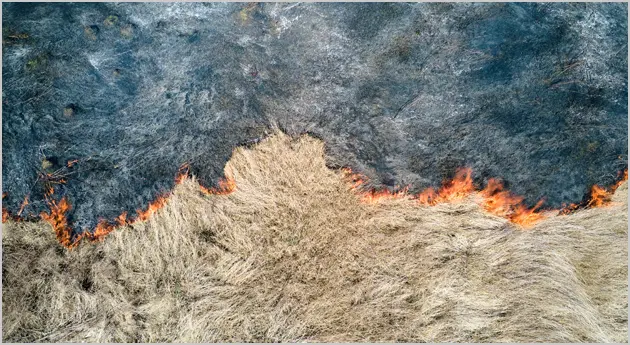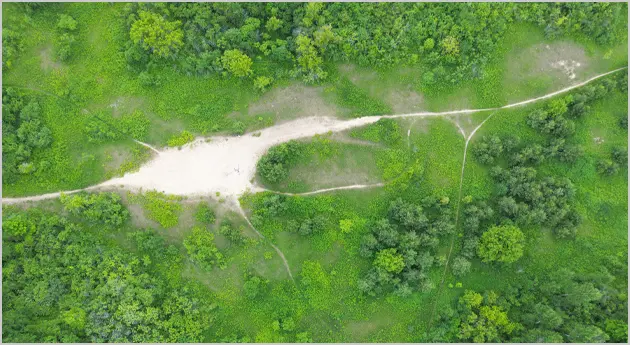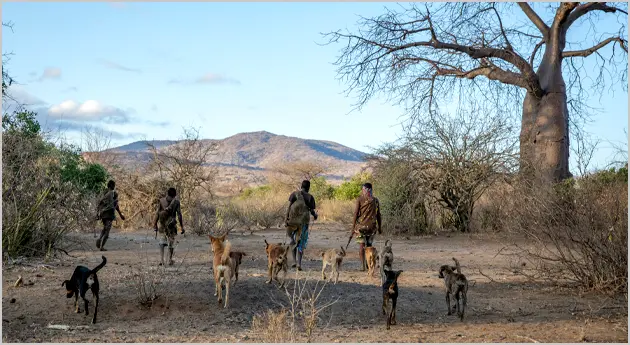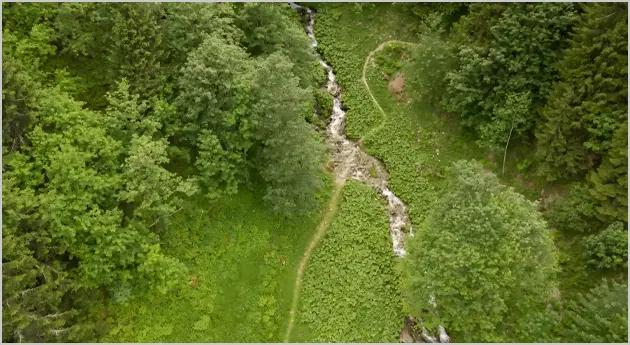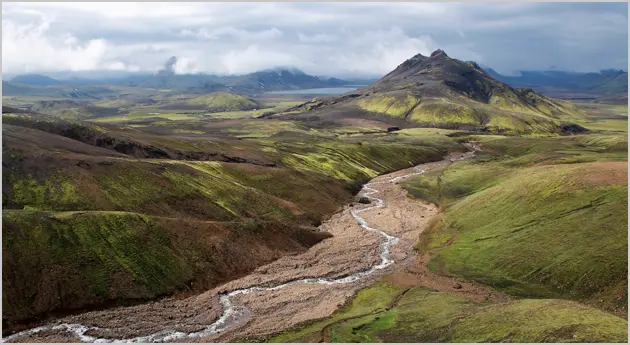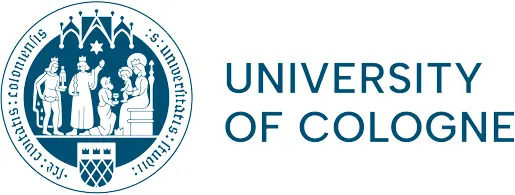The HESCOR project is structured around ten thematic Work Packages (WPs), each addressing a specific dimension of the coupled human–Earth system. These WPs explore topics ranging from climate modeling and cultural evolution to mathematical dispersal models and data-driven archaeological analyses. However, none of these elements alone can answer the project’s complex research questions.
The project’s strength lies in its interdisciplinary synthesis: collaboration and communication across disciplines are essential and actively practiced in daily research. Theoretical frameworks help establish a common language, while shared databases enable consistent and comparable analysis. Machine learning supports pattern recognition in cultural development, and feedback loops allow integration of environmental, societal, and symbolic dynamics. This interaction ensures historically grounded, nuanced models that reflect real-world complexity.
Ultimately, HESCOR is not just a collection of separate studies but a coordinated system in which empirical data, theoretical insights, and computational tools inform and refine each other continuously.
